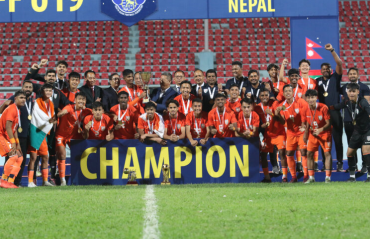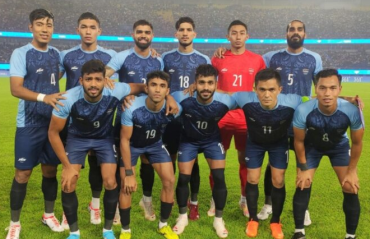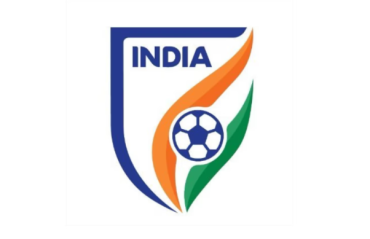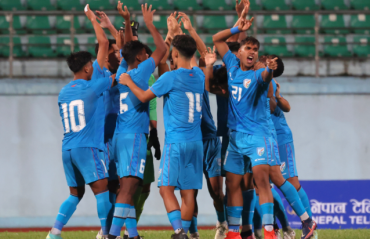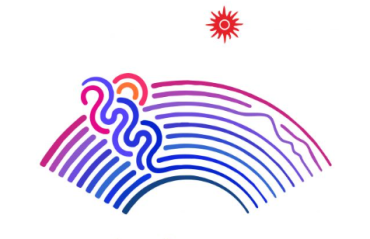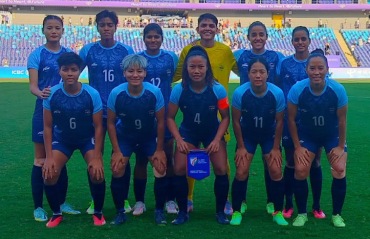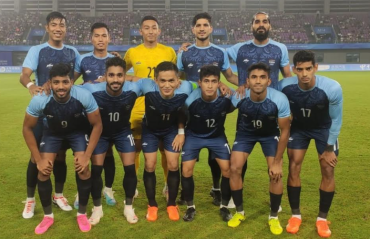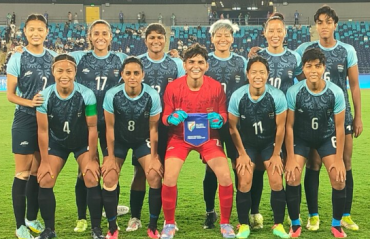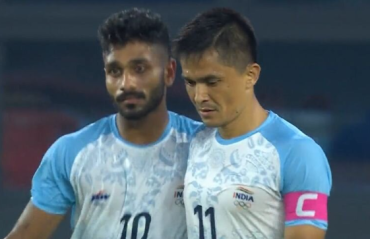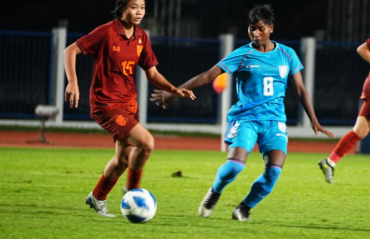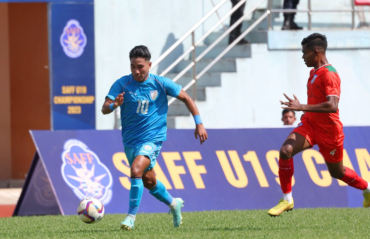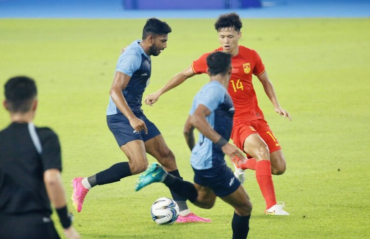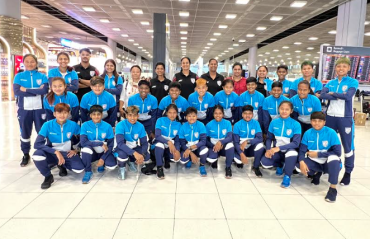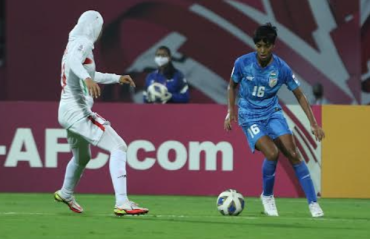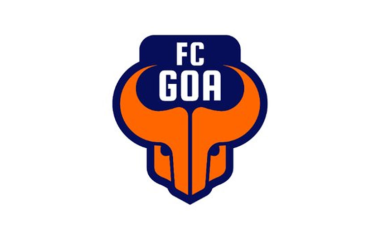I-League likely to implement 3+1 rule for foreign player signings a year before ISL
- By Chiranjit Ojha

- May 12, 2020
THE I-LEAGUE MAY SEE A REDUCTION in the number of foreign players from next season, a year before the same is expected to happen in the Indian Super League.
Recently, the AIFF Technical Committee proposed that Indian football should restrict the number of foreign players per club to 4 (3 from anywhere in the world, 1 from an Asian country) to make sure our domestic football follows the same 3+1 regulation for international players that Asian club competitions (AFC Champions League & AFC Cup) do.
India followed this rule in its top division league till the 2016-17 season, with I-League restricting all its clubs to 4 overseas signings. The Indian Super League, meanwhile, never followed this rule since its inception in 2014, when they allowed each franchise to sign 12 foreign players, which was later periodically reduced but not down to the Asian standard of 3+1.
In 2017 when the Super Cup was proposed - a competition where I-League and ISL teams would face each other in a knockout format - some I-League clubs wanted to increase the number of foreign players in their teams so they could be competitive with ISL franchises. The AIFF granted this request and for the first time the Indian top flight lost its structural symmetry with Asian football.
The impact was immediately felt in AFC Cup where Indian clubs were forced to play domestic players who got significantly less game time in the league because of the presence of extra foreigners. No Indian club has managed to win a single AFC Cup knockout stage game since 3+1 was abandoned at the league level; whereas multiple clubs like Dempo, East Bengal and Bengaluru FC had reached the tournament's semi-finals and final in the decade prior. In 2019, neither of the two Indian representatives managed to progress beyond the AFC Cup group stage and in 2020, Bengaluru FC became the first Indian club to be eliminated from the AFC Cup preliminary stage.
Even the national team felt an impact of this decision as the number of players getting regular game time at the club level - especially forwards and attacking midfielders - went down significantly from 2017-18 onwards. While the national squad built by Stephen Constantine managed to maintain its form till the Asian Cup 2019, when his successor Igor Stimac took over and looked for fresh talent he faced a limited set of options. This translated to a sub-par performance by the national team in the FIFA World Cup Qualifiers, where they failed to beat relatively moderate opponents like Bangladesh and Afghanistan.
This steep fall in performance gave rise to a debate about the ill-effects of not following the Asian norm, especially considering India is an emerging footballing nation that needs to make the fullest use of its domestic football if it wants to improve the results at an international stage. A lot of former players and current coaches came out in support of restoring the 3+1 rule in domestic football, including national team Igor Stimac. All this, coupled with the financial pressure and international travel complications caused by the COVID-19 pandemic, caused the Federation to consider reducing the number of foreign players in both I-League and ISL.
The idea was discussed at a recently held meeting between FSDL and ISL franchise owners where it was met with mixed responses, with some owners being vocally against it, saying it would result in a loss of "quality" in the matches. Nevertheless, the AIFF Technical Committee, headed by former national team captain and international coach Shyam Thapa, officially forwarded the proposal to the AIFF League Committee just a few days later.
While the implementation of the 3+1 rule in ISL is expected to take place next year from the 2021-22 season onwards (since most franchises have already signed or retained a higher number of foreign players), word is that the I-League could see a return to parity with Asian competitions from this year itself. With uncertaintly over the future of Super Cup (which was not held during the 2019-20 season), there appears to be no hesitation among I-League clubs to return to the older structure which allowed them to both save money on foreign signgings and feature more domestic players in prominent positions.
If in 2021 the ISL follows suit and implements the 3+1 policy, it may be a major step forward and set the stage for a revival of Indian clubs in AFC Cup and beyond.
The AIFF is also considering allowing a 5th overseas player - a foreign passport holder of Indian origin who may be eligible for an OCI (Overseas Citizen of India) card - in a possible effort to pave the way for them to represent the Indian national team at a latter date. But due to the strict govermental guidelines which requires a foreign player to undergo a long process to acquire an Indian passport and give up their original citizenship in order to be eligible to play for India, that path of action is still in an earlier stage of planning. It may take a while longer before the Federation - after consultation with the central government and FSDL - takes a decision on whether to implement that policy.









